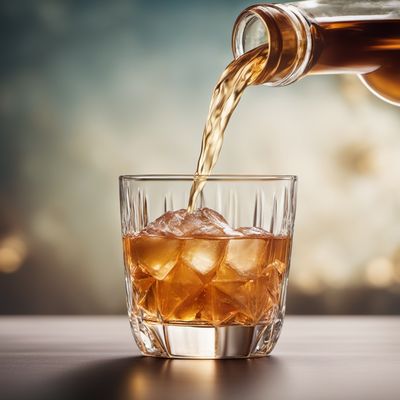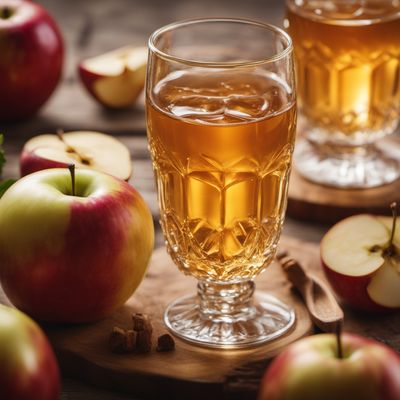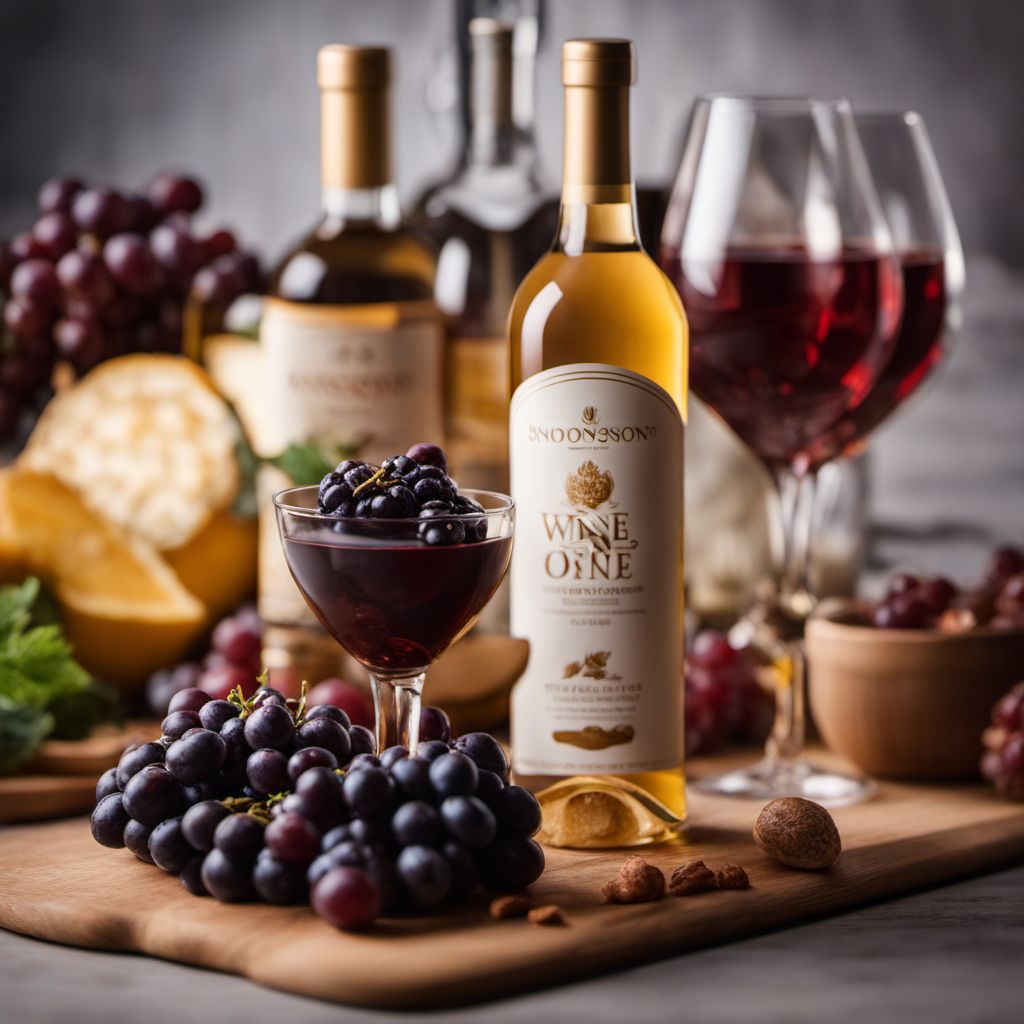
Ingredient
Wine-like drinks
The Art of Fermented Elixirs: Exploring Wine-like Drinks
Wine-like drinks encompass a variety of fermented beverages that resemble wine in appearance and taste. These drinks are typically made from fruits, flowers, or herbs, and undergo a fermentation process that results in a complex flavor profile. They can range from sweet to dry, with varying levels of acidity and effervescence. Wine-like drinks often exhibit a vibrant color, ranging from pale yellow to deep red, and their texture can be smooth or slightly viscous, depending on the ingredients used.
Origins and history
The tradition of making wine-like drinks dates back centuries and can be traced to different regions around the world. In ancient times, civilizations such as the Egyptians, Greeks, and Romans were known for producing various fermented beverages using fruits, honey, and herbs. These drinks held cultural and religious significance and were often consumed during celebrations and rituals. Over time, different cultures developed their own unique recipes and techniques, resulting in a diverse array of wine-like drinks found today.
Nutritional information
Wine-like drinks are typically low in calories and contain beneficial antioxidants. They may also provide vitamins and minerals depending on the fruits or herbs used in their production.
Allergens
Wine-like drinks may contain sulfites, which can cause allergic reactions in some individuals.
How to select
When selecting wine-like drinks, look for bottles that are properly sealed and stored in a cool, dark place. Check for any signs of spoilage, such as off odors or flavors. Consider the producer's reputation and opt for organic or sustainably produced options when available.
Storage recommendations
Wine-like drinks should be stored in a cool, dark place to maintain their freshness and quality. Once opened, they should be resealed tightly and refrigerated to prolong their shelf life.
How to produce
Amateur enthusiasts can produce wine-like drinks by fermenting fruits, flowers, or herbs with yeast and sugar. The process involves crushing or juicing the ingredients, adding yeast to initiate fermentation, and allowing the mixture to ferment for a specific period. Detailed recipes and techniques are widely available for those interested in home production.
Preparation tips
Wine-like drinks can be enjoyed on their own as a refreshing beverage or used as a base for cocktails. They can be served chilled or at room temperature, depending on personal preference. Experiment with different wine-like drinks to discover unique flavor combinations and pairings with various cuisines.
Culinary uses
Wine-like drinks are commonly used in cocktails, sangrias, and spritzers, adding depth and complexity to the flavors. They can also be used as a marinade for meats or as a flavorful ingredient in sauces and dressings.
Availability
Wine-like drinks are commonly available in regions with a strong tradition of winemaking, such as Europe, North America, and South America. They can also be found in specialty stores or online retailers that cater to a diverse range of fermented beverages.
More ingredients from this category
Recipes using Wine-like drinks » Browse all

Liberian Spiced Prawns with Palm Wine
Savory and Spicy Palm Wine Prawns: A Taste of Liberia

Haipai-style Olive Duck
Savory Haipai Delight: Olive-infused Duck
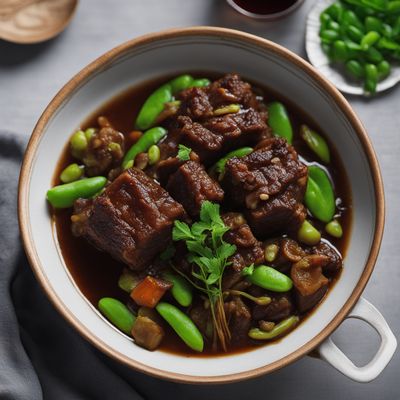
Chinese Braised Oxtail with Broad Beans
Savory Slow-Cooked Oxtail Delight

Braised Eel with Fragrant Spices
Spiced Delight: Fragrant Braised Eel

Haipai-style Stuffed Squid
Squid Delight: Haipai Fusion Stuffed with Local Flavors

Lunette di Patate with a Liaoning Twist
Savory Potato Crescent Dumplings with a Liaoning Flair

Baden-style Panada
Savory Baden Delight: Baden-style Panada
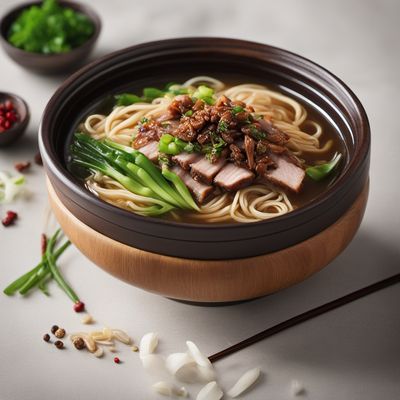
Huaiyang-style Onomichi Ramen
Savory Huaiyang Noodle Delight

Djiboutian-style Chicken in Yellow Wine Sauce
Savory Djiboutian Chicken Delight: A Burst of Flavors in Yellow Wine Sauce

Sichuan-style Spicy Braised Pork Rice
Fiery Sichuan Delight: Spicy Braised Pork Rice

Anhui-style Stargazy Pie
Heavenly Fish Pie with a Twist: Anhui-style Stargazy Pie

Equatorial Guinea-inspired Squid Risotto
Savory Delight: Equatorial Guinea-inspired Squid Risotto
